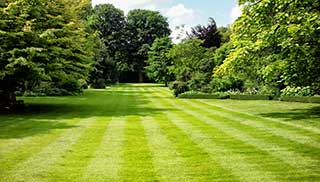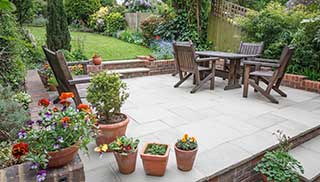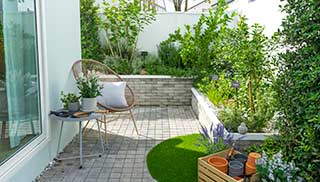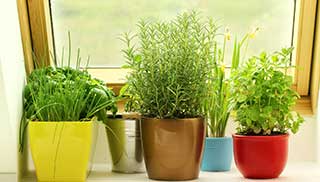For wildlife to eat and drink I’ve got:
Please select all that apply
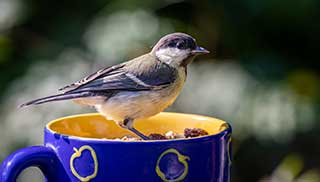
Bird feeders
From hanging feeders to bird tables, nuts and seeds to DIY treats, there are low-cost ways to keep garden birds fed year round.
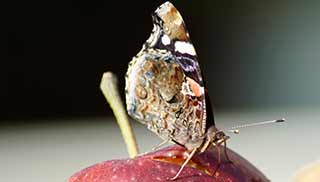
Butterfly feeders
As well as planting pollinator friendly flowers, you can attract butterflies with a feeder that provides sugar and water.
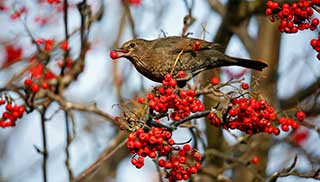
Berries
Including trees and shrubs with berries gives birds and mammals seasonal treats to enjoy.
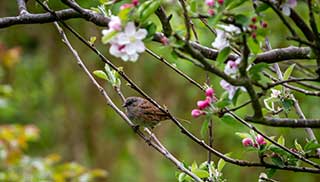
Fruit trees
From blossom for pollinating insects to fruit for animals (including you), fruit trees are a wildlife gardener’s friend.
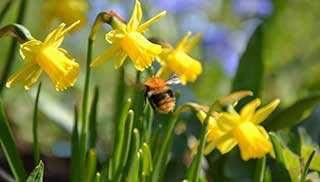
Spring flowers
Some bees and other pollinating insects come out of hibernation early. Spring bulbs and other flowers can help them thrive.
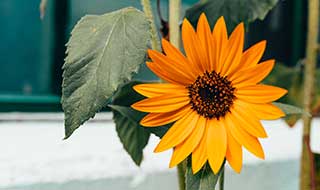
Summer flowers
As bees buzz from flower to flower feeding on nectar, they transport pollen on their bodies. This helps flowers and crops fertilise and reproduce.
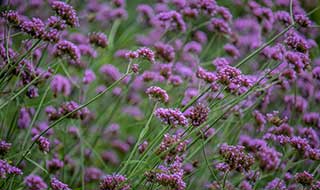
Autumn / winter flowers
A good selection of later-flowering plants for pollinators will help to keep your garden insect population diverse.
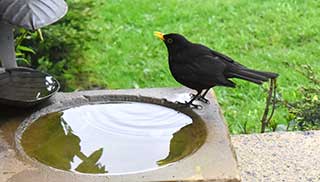
A water source
Bird baths, ponds, water features and shallow dishes (with pebbles to land on) keep wildlife hydrated in any weather.
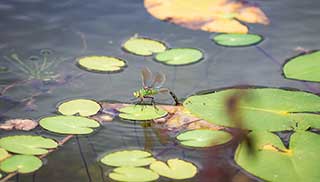
A pond
Even a small tub or barrel filled with water can provide a habitat where insects and amphibians can thrive.
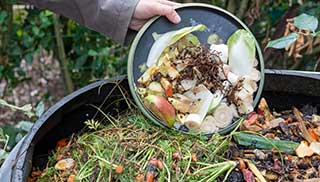
A compost heap
Recycle garden and kitchen waste, make your own compost, and create a warm home for invertebrates to hide in.
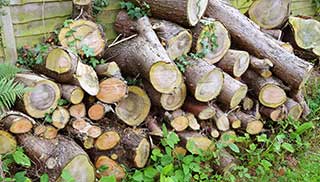
Wood / stone piles
Areas where logs, twigs, bricks or stones are left will quickly become home to a wide range of wild species.
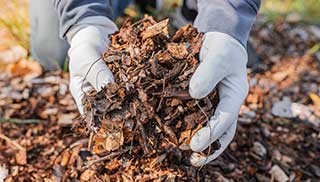
Leaf piles
Don’t dispose of autumn leaves. Rake them into tidy piles and wild animals can use them to shelter or hibernate.
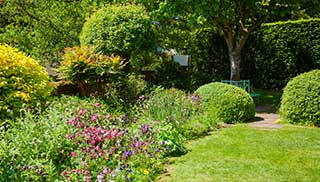
Trees and shrubs
A wide variety of trees and shrubs provide valuable shelter and habitats for birds, insects and small mammals.
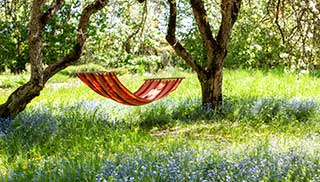
A mini meadow
Whether planted with wildflowers or just left unmown, areas of long grass will soon become biodiverse habitats.
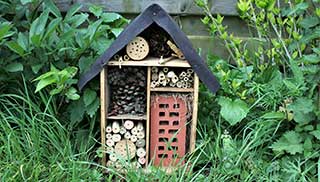
Insect houses
Easily made by assembling bricks, wood and other materials – or buying a ready made structure for bugs to crawl into.
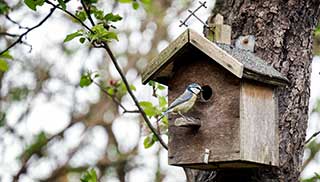
Nesting boxes
You can welcome a variety of bird species to nest, with the right bird box in the right place.
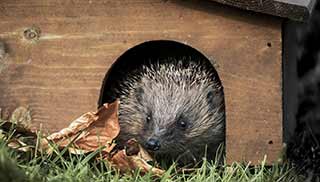
Hedgehog houses
Building a home for hedgehogs to feed, sleep and hibernate in is a great way to protect this declining species.
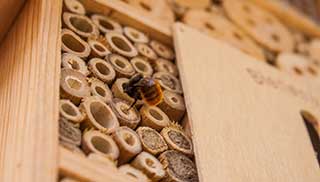
Bee hotels
Not all bees live in hives! Solitary species will appreciate hollow stems or holes drilled in wood or bricks to hide in.
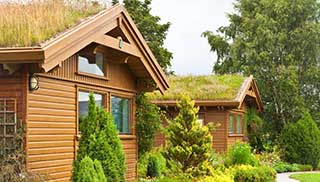
Living roofs
Flat roofs can be cleverly planted to provide insulation, drainage and a home for birds and insects.

A dead hedge
Hardwood prunings can be cleverly arranged as a garden feature, providing structure, wind protection and habitats.

